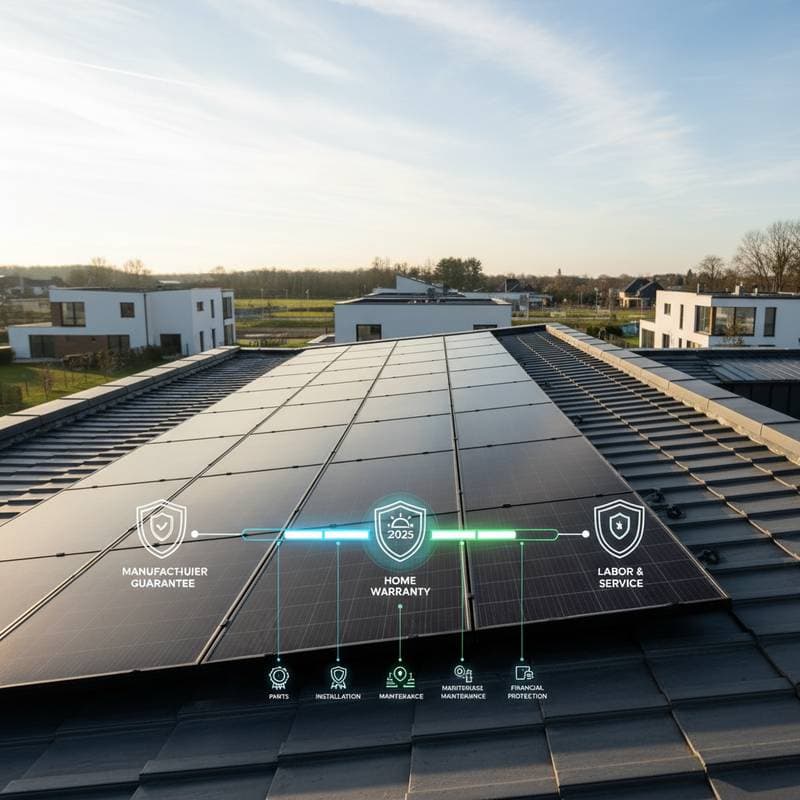Eco Yards That Reduce Home Energy Bills by Up to 15 Percent
Project Overview
Eco-friendly yard transformations offer a practical way to lower home energy costs while enhancing outdoor living spaces. By incorporating native plants, strategic shading, and efficient watering systems, homeowners can achieve significant savings on cooling and maintenance expenses. This guide details the process, costs, and benefits of creating a sustainable yard in 2025.
Summary Box
National average cost: $8,500
Typical range: $4,000 to $15,000
Low end: $1,500 for basic xeriscaping
High end: $25,000 for full landscape redesign with irrigation and shading trees
Time to complete: 3 to 8 weeks
DIY or Pro: Mix of both
ROI or resale impact: 5 to 15 percent increase in curb appeal value
Updated: April
Detailed Cost Breakdown
Planning a budget requires understanding individual components. The following table outlines key expenses based on standard project sizes for a typical suburban yard of 500 to 1,000 square feet.
| Item | Unit cost | Typical quantity | Line total | Notes |
|---|---|---|---|---|
| Native plants and shrubs | $5 to $25 each | 30 to 80 | $300 to $2,000 | Low water and maintenance requirements make these ideal for sustainability |
| Shade trees | $150 to $600 each | 2 to 4 | $300 to $2,400 | Positioned to reduce summer cooling loads by blocking direct sunlight |
| Drip irrigation system | $1.50 to $3 per sq ft | 500 to 1,000 sq ft | $750 to $3,000 | Delivers water directly to roots, minimizing waste |
| Mulch or groundcover | $2 to $6 per sq ft | 500 sq ft | $1,000 to $3,000 | Helps suppress weeds and reduce soil evaporation |
| Outdoor lighting (solar LED) | $40 to $100 each | 6 to 10 | $240 to $1,000 | Operates without grid electricity, supporting energy independence |
| Labor | $40 to $80 per hour | 40 to 100 hours | $1,600 to $8,000 | Covers site preparation, planting, and final grading |
| Permits and disposal | Flat | — | $150 to $500 | Requirements differ by locality; check zoning laws early |
These figures represent mid-range materials and professional installation where applicable. Total costs can fluctuate based on regional availability and project complexity.
Factors Influencing Total Expenses
Several variables determine the final price tag for an eco yard project. The scale of the work plays a primary role: a modest front yard update might cost under $3,000, whereas a comprehensive backyard overhaul could exceed $20,000.
Choices in materials also affect budgets. Opting for high-end features, such as automated irrigation controllers or durable composite mulch, increases outlays but enhances longevity.
Site-specific challenges, including steep slopes, heavy clay soils, or inadequate drainage, demand additional labor for excavation and soil amendment. Accessibility issues, like narrow gates or distant work areas, further elevate hauling and equipment costs.
Market conditions influence pricing as well. Labor rates rise during spring and summer peak seasons when demand for landscaping services surges. Custom elements, such as integrated seating areas or specialized plant selections, often lead to change orders that extend timelines and expenses.
Deciding Between DIY and Professional Help
Homeowners with gardening experience can tackle portions of the project independently, focusing on tasks like planting and mulching. Renting basic tools allows for straightforward installations, such as laying drip lines according to kit instructions.
However, certain aspects benefit from expert involvement. Professionals ensure proper grading to prevent water pooling near foundations and safe tree placement to avoid structural damage. Electrical connections for any powered features require licensed electricians to meet code standards.
Heavy-duty work, including stump removal or large-scale earth moving, poses safety risks without specialized machinery. While DIY approaches reduce costs by 30 to 50 percent, improper execution might invalidate product warranties or lead to plant failure, resulting in higher long-term expenses.
Strategies to Minimize Costs Effectively
Selecting drought-resistant native species over imported varieties cuts both initial and ongoing water bills. These plants adapt well to local climates, requiring minimal supplemental care.
Prepare the site in advance by testing soil pH and amending as needed; this step avoids costly corrections later. Integrate irrigation setup during the initial planting phase to streamline the workflow.
Bundle related improvements, such as adding a permeable patio alongside planting, to distribute labor expenses across multiple elements.
Request detailed proposals from contractors, specifying materials, brands, and timelines. Evaluate at least three bids using this criteria:
- Itemized scope of work
- Specified material quality and sources
- Inclusion of surface preparation and post-project cleanup
- Clear statement of permit and waste disposal fees
- Defined warranty coverage with payments linked to completion milestones
These practices help secure competitive pricing without compromising quality.
Step-by-Step Guide to Implementation
Whether proceeding solo or with assistance, follow these structured steps to build an effective eco yard. Begin with planning to align features with your home's energy needs.
Essential Tools for DIY Efforts
- Shovel, rake, and spade for digging and leveling
- Hose timer and drip line kit for controlled watering
- Wheelbarrow for transporting soil and materials
- Gloves, eye protection, and knee pads for safety and comfort
Core Implementation Steps
- Assess and map sun exposure patterns across the yard, identifying zones for shade and full light.
- Clear existing turf, weeds, or invasive species using manual tools or eco-friendly herbicides.
- Grade the soil gently to direct water flow away from the house foundation, ensuring positive drainage.
- Install drip irrigation lines underground before adding plants, connecting to a water source with timers.
- Plant shade trees on west- and south-facing sides to maximize afternoon sun blockage and cooling effects.
- Apply a 2- to 3-inch layer of mulch or low-growing groundcover around plants to conserve moisture.
- Install solar-powered LED lights along pathways and install a rain gauge to monitor precipitation levels.
For professional hires, provide this outline during consultations to ensure alignment with your vision. Expect initial consultations to last 1 to 2 hours, followed by design sketches within a week.
Ongoing Maintenance for Lasting Performance
A well-maintained eco yard delivers sustained energy savings and aesthetic appeal. Check irrigation components biannually, cleaning emitters and repairing any leaks to maintain efficiency.
Replenish mulch annually to a consistent depth, which preserves soil moisture and inhibits weed growth. Prune trees and shrubs seasonally to optimize shade without overgrowth that could damage property.
Monitor plant health through regular inspections, adjusting watering based on weather patterns. With proper care, these landscapes thrive for 10 to 20 years, far outlasting traditional turf setups.
Realizing Long-Term Benefits
Investing in an eco yard extends beyond immediate bill reductions. Homeowners report cooler interiors during peak summer months, translating to lower air conditioning use and environmental impact.
Enhanced curb appeal attracts buyers, potentially boosting property values through demonstrated sustainability. Water conservation efforts align with community incentives, such as rebates for efficient systems.
Ultimately, this approach fosters a resilient outdoor space that supports biodiversity and reduces maintenance demands, providing enduring value for families and the planet.
Data Sources and Methodology
This information draws from current national landscaping surveys, insights from certified contractors, and analysis of completed projects. Costs reflect averages adjusted for regional variations in labor, materials, and climate conditions.



